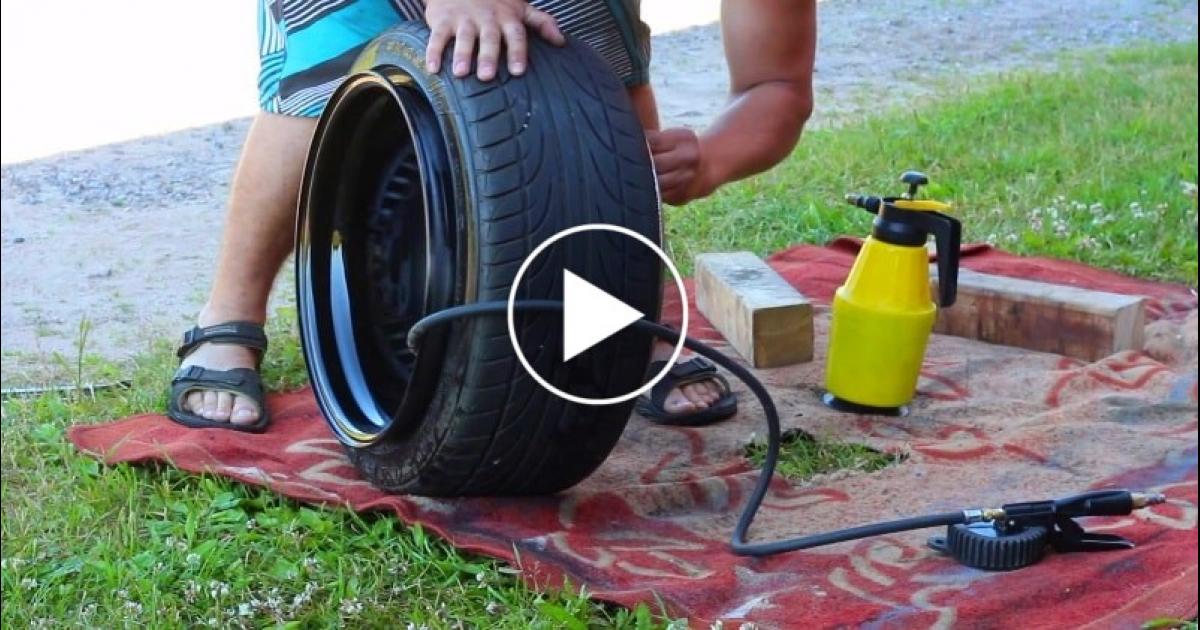To stretch a tire, start by slipping the tire into the rim by applying soapy water. Then spray a flammable gas on all the sides of the rim and inner tire. Once done, light it up with fire, and the tire shall pop out to cover the entire rim. Then use the air compressor to get rid of the fire on the rim. Use the same air compressor to fill in the air or take some out according to the required tire pressure.
Working on tire stretching can also be a risky exercise. For one, the tire suddenly pops out, and second, the fire can spread. So, always keep a fire extinguisher nearby.
What is Tire Stretching?The exercise of tire stretching involves fitting small tires into wider wheels or rims. To some, tire stretching is an art form, as it improves performance and enhances the aesthetics of the vehicle. It is a popular practice as car owners want to fit narrow tires into wider rims instead of buying new tires that can originally fit into the rim.
The suspicion surrounding the concept of tire stretching is that it costs the car performance. The performance issues are true, but only to some extent. Because there are a few ways to stretch the tires, and some are right while others, not so good.
Hence, to ensure that you get the best results, follow the right tire stretching practices. The following sections will detail out the steps for stretching and the supplies you will need for the same.
Can I Stretch My Tires at Home?Yes, you can, but only if you are following the right practices. To stretch a tire, you must play with fire, which is quite dangerous. So, while we would not recommend working on it at home, if you can follow the right procedure, there is no need to worry about any damages.
Supplies You’ll Need For Stretching Your TiresEven though tire stretching is mostly a process-based exercise, there are a couple of things essential to the exercise.
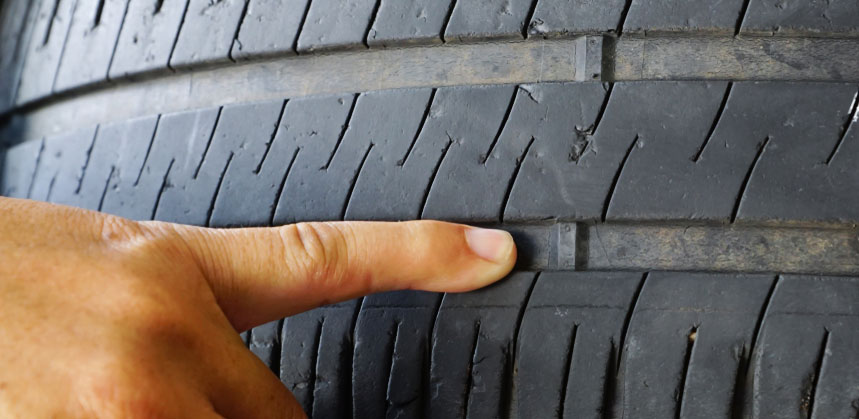 You can take any flammable spray. You can also use deodorants or brake cleaners, as they both are highly flammable and will serve the purpose.
You can take any flammable spray. You can also use deodorants or brake cleaners, as they both are highly flammable and will serve the purpose. Start by preparing the tire and the rim that you want to work on. Remember that the tire size must be smaller than the rim for the entire exercise to work. Because the whole purpose of tire stretching is to fit a small tire onto a larger rim.
Not every type is stretchable and can be fitted onto a rim. Hence, make sure to do some research before stretching if you want to do it yourself in your garage or backyard.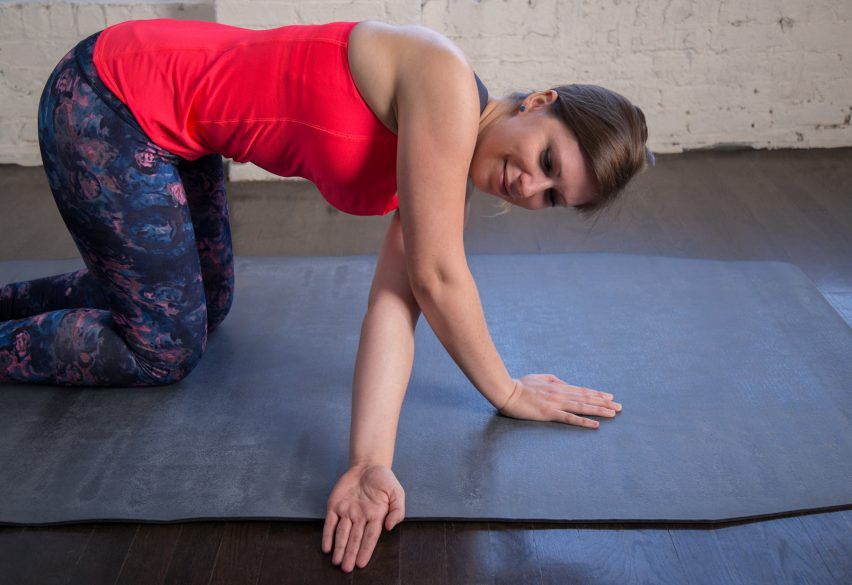 For better safety, we would recommend that you take the tire and the rim to the backyard.
For better safety, we would recommend that you take the tire and the rim to the backyard.
In the backyard, lay down the rim (preferably of steel) on a flat surface. This is followed by slipping the tire inside the rim. To ensure that the tire slips in smoothly, use soapy water and apply it on the tire beads.
For the other end of the bead to slip in, use a tire spoon or a long flat screwdriver. If you have never done it before, be cautious that while slipping in the other end of the tire bead, the tire spoon can kickback. So, keep it firmly in one place and hold it tight.
Step 3:Use the flammable spray and spread the gas across the inner side of the tire. The most popular choices are deodorants, brake cleaners, or hair sprays.
If you want to spice things up a bit, butane is also an option to use as a flammable spray. Butane is highly flammable, so use it judiciously. As for how much flammable spray you must use, it depends on tire size..jpg) Larger tires will require higher volumes of spray as compared to the tires of small size.
Larger tires will require higher volumes of spray as compared to the tires of small size.
In this step, you must have read somewhere or heard that the air compressor must be connected to the tire before firing it up. But this is not the right process. Instead, the air compressor has to be connected afterward. After spraying the tire, fire it up.
Step 4:The tire should automatically pop to fill the extra space on the rim, and it’s beads should be facing inwards. There will be some fire spread across the tire diameter; use the air compressor to blow it off.
Remember that a minimal amount of fire will be there. So don’t be alarmed, and in case things seem to get out of hand, use the fire extinguisher.
Another thing to remember is, when the tire pops out, there will be a sound that can be alarming. Hence, it will be best to keep the kids away, especially if you are working in your backyard.
Step 5:Once the tire has taken the extra space in the rim, use the air compressor to check the tire pressure and, if required, fill in or compress the required volume of air.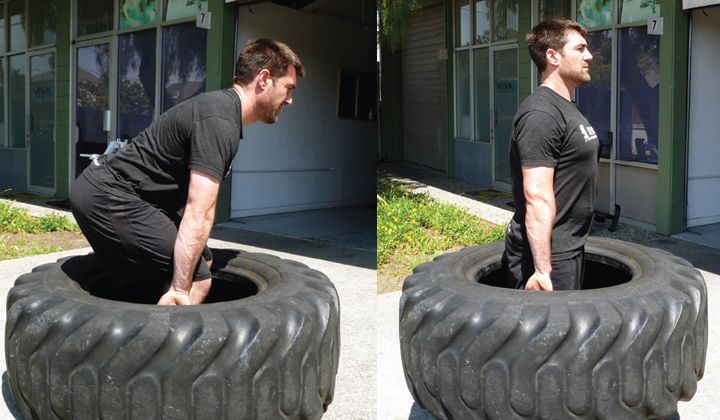
That is it. Now you have successfully fitted a small-sized tire on a wide-sized rim.
Frequently Asked QuestionsAre Stretched Tires Safe?By principle, we are fitting a small tire on a rim that has a size bigger than the tire. So, tire stretching can be safe and unsafe. Having said that, if you are using good quality tires, follow the right process, there is nothing to worry about. In terms of driving, stretched tires can be difficult to handle around tight corners as the tire will have less friction. Also, you won’t be able to use the tires again.
Are Stretched Tires Legal?Until now, we have not seen a law or regulation to dictate the terms and conditions for stretching. It is based on creating tension between the tires and the rim. So, there are side effects of the same. Still, it will be better if you can check out the official websites that explain the laws related to the road and its safety.
Is there any other way to stretch tires besides using fire and flammable spray?Yes, there are a few other methods, but they are not as effective as the fire one. Because driving with stretched tires is a risky thing to do, you should not rely on any method that does not guarantee any results.
Because driving with stretched tires is a risky thing to do, you should not rely on any method that does not guarantee any results.
Tire stretching has existed for decades, and it’s been a while stretched tires have become a craze among car enthusiasts. Many people actively go for this add-on just because it makes their vehicles look iconic.
Interested in giving your car a makeover with such tires? Check this stretched tires guide.
Stretched tires refer to mounting a narrow tire onto a wider rim or wheel. It’s actually a modification of wheels by stretching them a few inches. The recommended stretch is 1 to 3 inches. Stretching allows fitting a wider wheel that does not rub the fender, which sits on the wheel’s lip perfectly.
Stretching is more like a personal preference that has no effect on a car’s performance. Plus, it can cause several problems, such as debeading, blowing a cord, losing tire pressure, increased risk of hydroplaning, tearing of the sidewall of a wheel, and wheel lip attrition.
However, many people believe that it helps with drifting because of losing traction in the wheels. As the wheels don’t touch the arch, you can also get a few more benefits like better sidewall control and higher contact patch.
To some extent, it’s about where you will be driving. Stretched wheels will provide excellent performance on smooth pavement, something like the racing tracks. For this reason, it will be better to tweak the wheels in sports models instead of commuter cars.
Interestingly, there are no recorded accidents caused by this modification. Automobile experts suggest as long as you don’t go overboard with it, you should be fine.
SEE MORE
Many mechanics refuse to do the stretching, citing it responsible for deteriorating the mechanical integrity of a vehicle.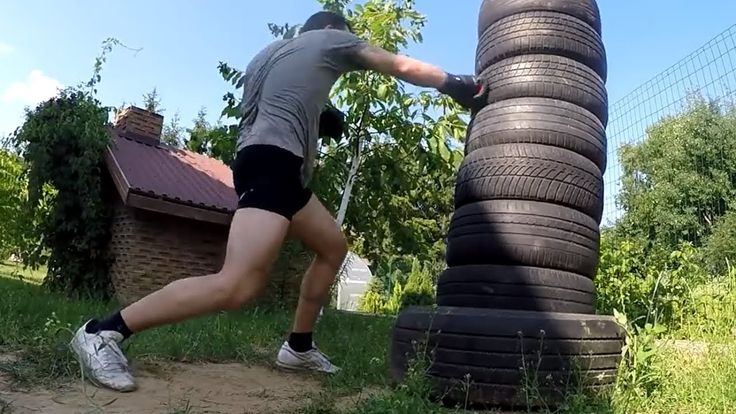 If you are still interested, follow this DIY guide. Remember that the process is complicated and requires adequate mechanical skills and your patience.
If you are still interested, follow this DIY guide. Remember that the process is complicated and requires adequate mechanical skills and your patience.
Select a popular tire brand and choose tires that will fit your car’s make and model. There are several online stores, such as Tyrestretch, where you can get the names of popular manufacturers and the best suggestions according to your specifications.
Apply sealer on both ends of the rim to preclude debeading. Use a mixture of soap and water to the bead of the tire to slide it easily onto the rim. A flathead tire spoon or a suitable tool can help with setting the tire on the rim.
Use flammable spray (e.g. spraying deodorants or break cleaners) around the inner tier. Connect an air compressor to the tire. Light up the flammable substance that you applied around the inner tire.
Word of Caution: Keep a fire extinguisher near you.
Stretching requires mechanical knowledge. Source: Autordee
Source: AutordeeThe tire should be beaded by now. Finally, compress it to the due tire pressure.
Should you go for stretched tires? There’s no definitive answer. But, such a modification could be technically dangerous and cause safety issues. Could aesthetics be more desirable than the risk of a potential accident? Go ahead with the add-on only if you think you can handle it.
December 19, 2020 Likbez Do it yourself
A situation familiar to everyone: in the store, shoes or boots fit perfectly, but at home they rub blisters. It's not a problem! Lifehacker can stretch leather, suede, patent leather and even rubber shoes with improvised means.
You can listen to this article. If it's more convenient for you, turn on the podcast.
Leather and suede are pliable, elastic materials, especially when exposed to heat.
 But remember: alcohol is quite aggressive, so first test the color fastness in an inconspicuous area.
But remember: alcohol is quite aggressive, so first test the color fastness in an inconspicuous area. The same methods apply to winter boots lined with fur. Just do not wet the insides of boots or boots too much. Well, you will need to dry your shoes carefully.
Leatherette does not stretch well and easily deteriorates: it cracks and loses its shape. However, it is too early to lose hope. There are ways to stretch and such shoes.
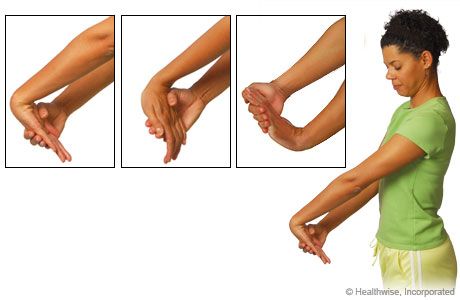
Stretching patent shoes is more difficult because there is a risk of damaging the top coat: it can crack and lose shine. You can painlessly increase shoes if soft and thin leather (natural or artificial) is varnished. Is this your couple? Then to business!
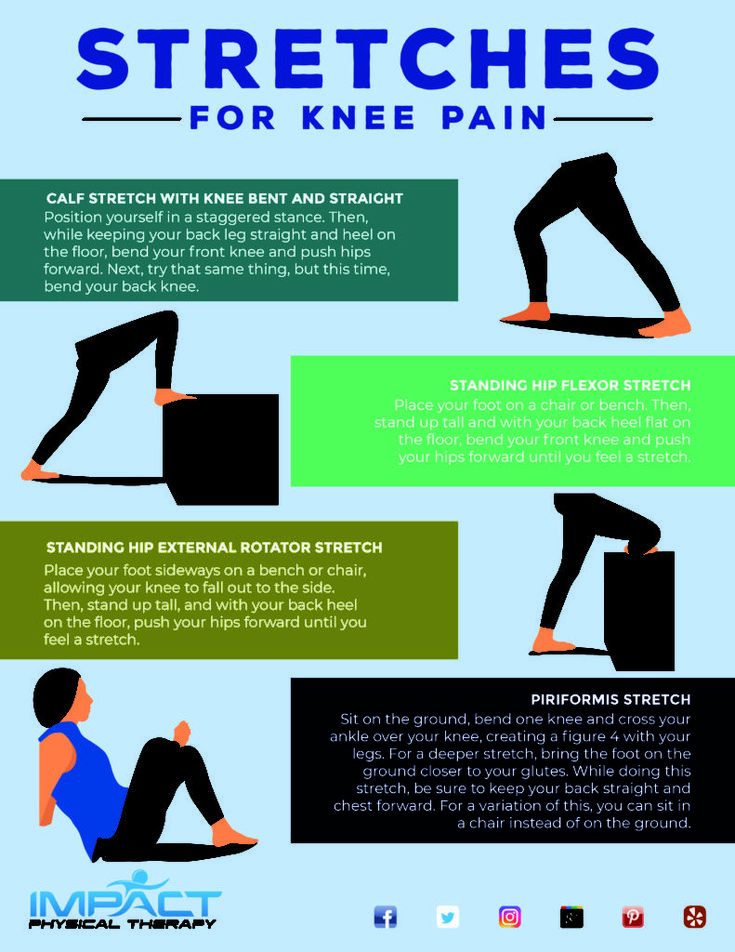
If your waterproof friends are made of durable classic rubber - alas, no way. If it is from the now common polyvinyl chloride (aka PVC), then it is as easy as shelling pears. To check the material, a needle or an awl and a lighter are enough. Heat the metal and touch the boots in an inconspicuous place, but do not pierce them. If the boots begin to melt, then this is PVC and the shoes can be stretched.
You will need:
Pour boiling water into rubber shoes and wait 3-5 minutes: the material becomes noticeably softer. Put on thick socks and move a basin of cold water closer. Pour the boiling water out of the boots, quickly blot them with a towel so as not to wet your feet, and put them on your socks. In a heated steam, properly trample and walk around for several minutes.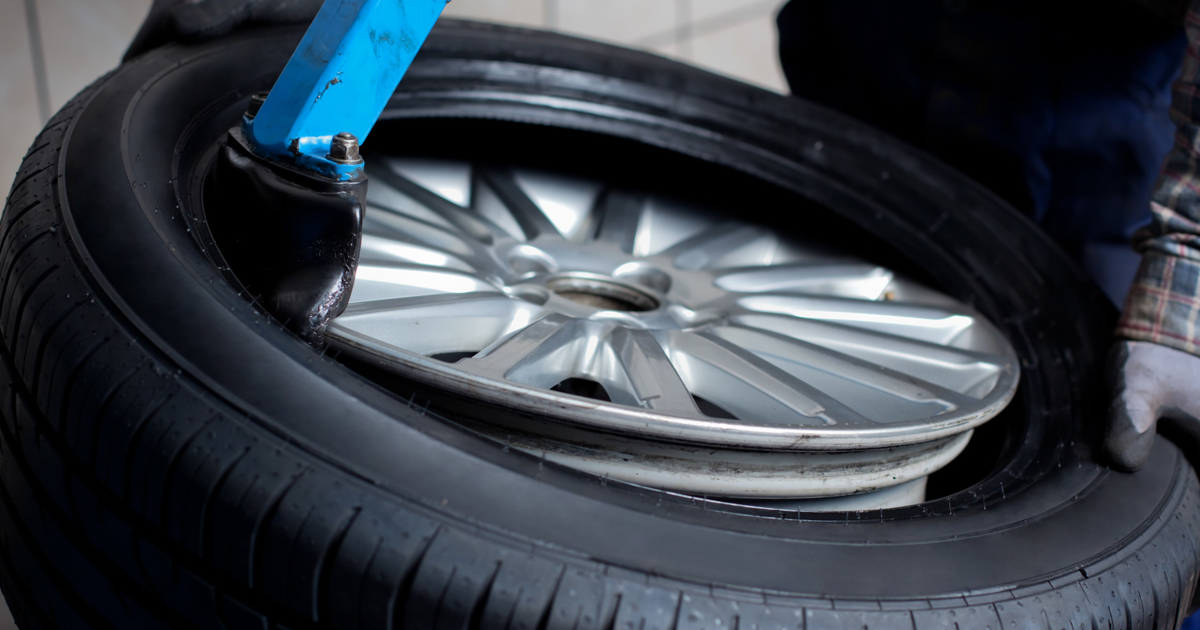 Leave the shoes in cold water for an hour, and then do not forget to dry.
Leave the shoes in cold water for an hour, and then do not forget to dry.
This method will not only enlarge the rubber boots, but will also fit them to the shape of your foot. True, stretched shoes should be walked only after a day or two, when the boots finally harden.
How often do you struggle with tight boots? Do you have your own secret shoe stretching techniques? Share your tips in the comments.
Buying new shoes is not always a positive experience. Many people have come across a situation where, after trying on in a store, a perfectly fitting pair of shoes at home turned out to be cramped, the shoes rubbed the heel, the sandals cut into the skin, etc. It is not always possible to return them to the store for various reasons, and you have to think about how to stretch the shoes at home, because there is no shoe workshop in the village.
You can stretch shoes that are narrow. There are many methods that have long been tested by different people. If your new sneakers, shoes, boots squeeze the foot too much from the sides, you can try one of them.
There are many methods that have long been tested by different people. If your new sneakers, shoes, boots squeeze the foot too much from the sides, you can try one of them.
Synthetic shoe care products from reputable shoe care manufacturers contain ingredients to soften leather, suede and some rubbers. Most often sellers recommend:
As you can see from the description, there is no universal synthetic product for stretching shoes.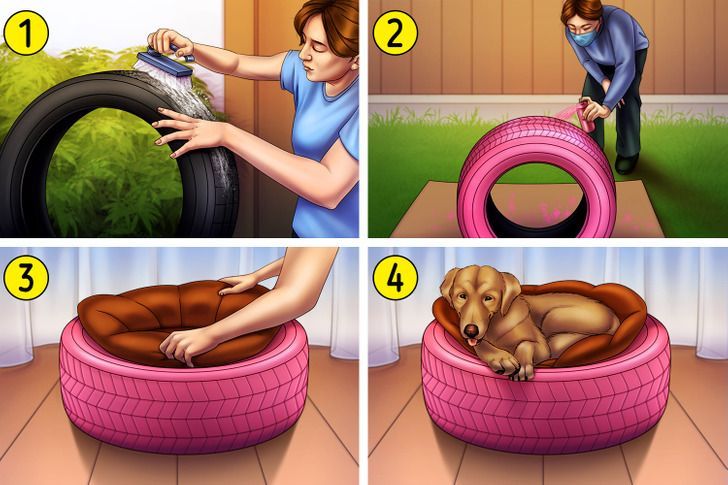 Yes, and you can not buy it everywhere. Therefore, it is worth considering other ways to stretch shoes at home.
Yes, and you can not buy it everywhere. Therefore, it is worth considering other ways to stretch shoes at home.
They are available in plastic and wood. Spacers can be bought on Internet sites or take an interest in such a product in a shoe store, or you can rent it in a shoe shop. Fully functional struts are adjustable and stretch the shoe both in length and width. The most popular online sites also sell adjustable stretch marks specifically for narrow shoes. Pads are sold wooden and plastic. When making a choice, keep in mind that wood swells in a humid environment, while plastic retains its dimensions.
The most difficult thing is to stretch winter shoes with fur. Any spacer will take the fur, it will need to be fluffed after processing. In addition, such shoes cannot be wetted and heat treated.
If you have chosen adjustable struts and braces, do not immediately set the maximum settings. The material of the shoe should be stretched gradually, preventing it from cracking.
If the previous methods of stretching narrow shoes are not available or did not work, it is worth turning to folk remedies. For example, for leather and suede shoes, it is recommended to use a combination of hot water with cotton socks. Socks should be wet, wrung out and put on your feet, then put on shoes and do not take off your shoes until the socks are completely dry, after which the shoes should ideally follow the shape of the feet. Folk recipes recommend stuffing lacquered shoes with crumpled wet paper.
Another of the most common tips is to freeze water in tight bags placed in shoes and freezer. Water freezes in a few hours, its volume increases, while expanding the width of the shoe. Once completely frozen, this "ice-filled pie" should be removed from the freezer and the water allowed to melt to remove the bags.
Many households already have an electric shoe dryer – a warm-legged shoe dryer. It can also be tried to stretch the material after sufficient heating. But if a similar design is not available, a regular hair dryer will do.
It can also be tried to stretch the material after sufficient heating. But if a similar design is not available, a regular hair dryer will do.
You can try stretching narrow shoes in a less exotic way. For this, thick socks are put on, boots, shoes, sandals, etc. are pulled over them. Walking should be at home until the result is achieved.
To shape shoes that are too tight or tight only in some places, they need to be “broken in”. That is, put on your feet and walk. However, this should be done at home, and not at work or while walking around the city. Gradually, the shoes will stretch in the right places. Moreover, this is a universal advice for “stilettos”, sneakers, boots, etc. Just put on your shoes and walk around the house for as long as you need.
The process will go faster if you wear a tight pair over thick socks, after a while it will take on a shape that is comfortable for your feet. And if you warm them up for a couple of minutes with a hot stream of air from a hair dryer, periodically moving your toes, and then let them cool naturally, the stretching time can be significantly reduced.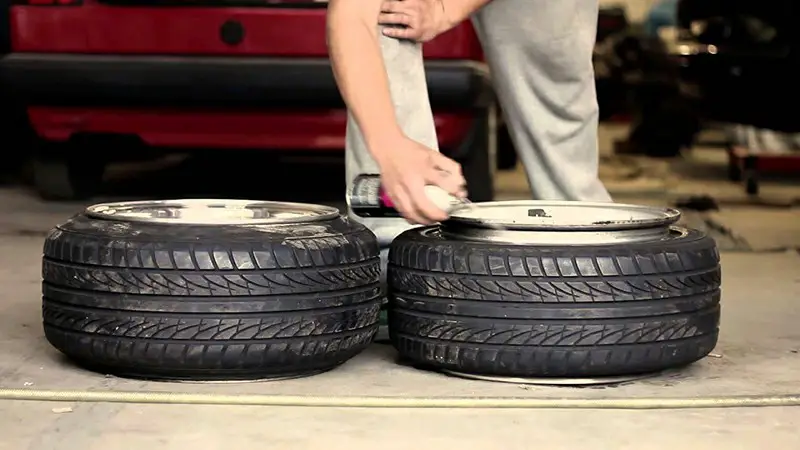 You may have to repeat the procedure, and more than once, until the desired result is achieved.
You may have to repeat the procedure, and more than once, until the desired result is achieved.
Those who have already tried walking in tight shoes with a thick toe are likely to be interested in how else you can stretch the shoes at home. Perhaps, for them, the method with alcohol, which must be sprayed on narrow areas, will seem more acceptable. Shoes also need to be worn and walked around in it, you can wear socks. This method is not suitable for genuine leather.
Instead of alcohol, you can try to lubricate the inside of shoes with vegetable oil and walk in them for 3-4 hours. The oil can be removed with a cloth soaked in alcohol. The method can be used for shoes made of leather and eco-leather. If you pour any cereal into shoes, pour a little water there and leave it overnight, the swollen mixture will stretch the material a little.
Ordinary laundry soap helps protect your feet from calluses. They are rubbed on the inside of shoes to reduce friction while walking if you need to go somewhere in a new pair that has not yet been broken in.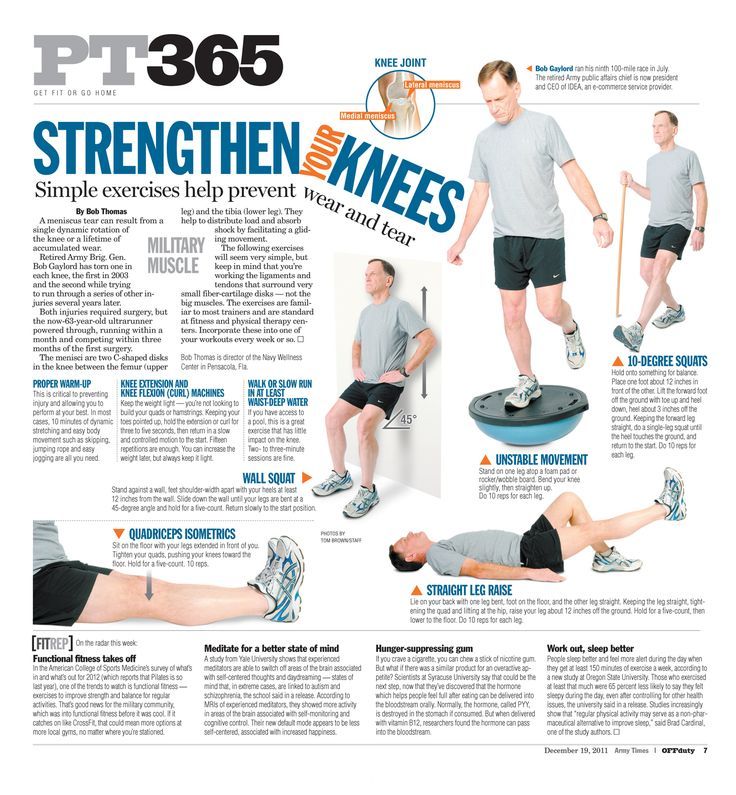 When you return, you can try another way. Mix colorless liquid soap with ordinary water in a ratio of 1x4, treat shoes from the inside, put on socks and wear them in for 2-3 hours.
When you return, you can try another way. Mix colorless liquid soap with ordinary water in a ratio of 1x4, treat shoes from the inside, put on socks and wear them in for 2-3 hours.
The most reliable way to give leather shoes the desired dimensions is to walk in them as often as possible. But if the effect is required to be obtained as soon as possible, auxiliary means can be used:
If you have a few hours of free time at home, you can put on socks soaked in hot water in tight leather shoes. Of course, not the most pleasant 2-3 hours are waiting for you, but the result is worth it.
Shoes made of light suede are best stretched naturally without any liquids, oils, etc., so as not to spoil the appearance with indelible stains.
The already mentioned adjustable braces are one of the most comfortable and safest ways to stretch leather shoes in any direction.
Artificial materials, including leatherette, eco-leather and synthetic suede, practically do not stretch. If there is no other way out, you can carefully try to work with them: gently heat narrow areas with a hairdryer, put on warm, but not hot shoes on your feet and walk around until they cool down naturally. If necessary, you can repeat the procedure several times.
Breaking in artificial leather using any other method does not make sense. Synthetic materials react only to high temperature, and if it does not help, it makes no sense to continue torturing your legs with this pair.
Most often, textiles are used for sports and walking shoes to make them as comfortable as possible. To increase fabric sneakers by a size is a hopeless task. The maximum that can be achieved is to give textile shoes even more softness with hot steam. To do this, the sneakers should be held over boiling water for several minutes and the toe should be tightly stuffed with crumpled frequent paper.